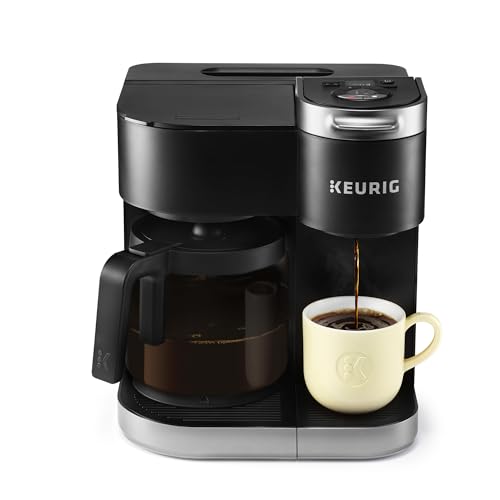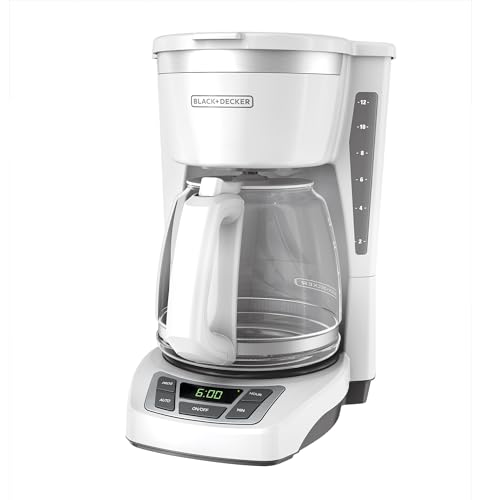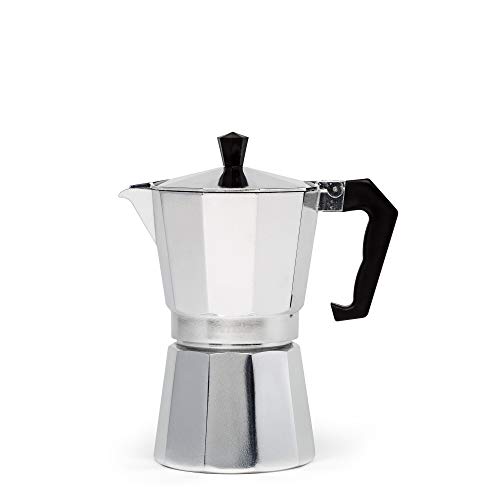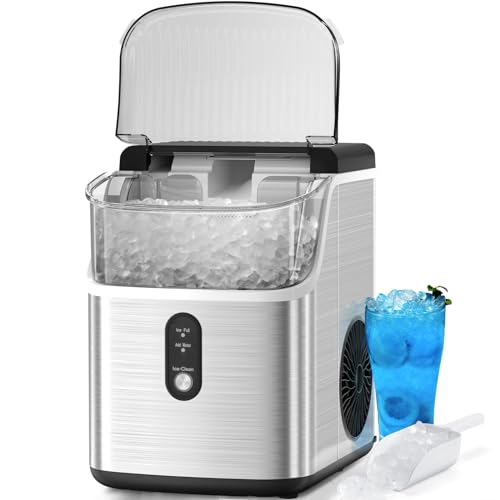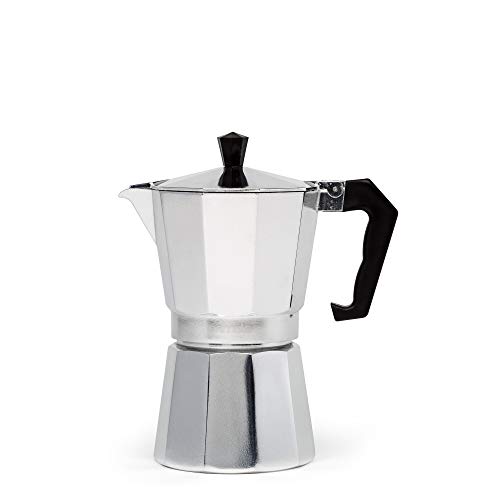“Can You Grind Meat In A Food Processor?” – This question often pops up in culinary discussions, especially among those interested in preparing homemade dishes from scratch. The ability to grind your own meat presents a multitude of benefits. It could mean fresher ingredients, personalized flavors, and a greater sense of control over your meals’ nutrition and hygiene.
Food processors, versatile and commonplace in many kitchens, come into the picture as a potential tool for this task. They are known for their multifunctionality in chopping, slicing, and pureeing a variety of food items. But how about grinding meat? Can they rise to the challenge, or will they fall short of a dedicated meat grinder’s proficiency?
This article aims to explore this question in depth, examining the effectiveness and practicality of grinding meat using a food processor. Let’s discover how this culinary adventure could transform your home cooking experience.
Can You Grind Meat In A Food Processor?
Yes, you absolutely can grind meat in a food processor. Often overlooked, this versatile kitchen gadget can do the job quite effectively, although the results may differ slightly from those obtained using a dedicated meat grinder.
When it comes to convenience and saving space in the kitchen, a food processor stands out. It’s probably sitting there on your kitchen countertop, ready to chop up vegetables, knead dough, or whip up a quick salsa. Why not put it to work grinding meat?
The process is fairly straightforward. Start by cutting the meat into 1-inch cubes or smaller, ensuring all the bones are removed. The meat should be chilled, but not frozen, to keep the processor from overheating and to facilitate a better grind. You’ll also want to pulse the meat, rather than running the processor continuously, for more control over the texture.
While the food processor can’t replicate the precision of a dedicated meat grinder’s different grinding plates, it does offer you the flexibility to control the fineness of the grind. A few quick pulses will give you a chunkier grind suitable for heartier recipes like chili, while more extended processing can produce a finer grind suitable for meatballs or sausages.
However, it’s important to remember that a food processor is not a perfect replacement for a meat grinder. For one, food processors are not designed to handle large quantities of meat. If you’re planning to grind meat in large batches frequently, investing in a dedicated meat grinder might be more practical in the long run.
Also, the texture of the meat ground in a food processor will likely be less uniform compared to a dedicated grinder. But if you’re a casual home cook who grinds meat occasionally, a food processor should suffice.
In conclusion, while a food processor can handle grinding meat, it’s all about managing expectations. The results may not be as uniform as those from a dedicated meat grinder, but they can certainly be suitable for most home cooking needs. So next time you’re preparing your favorite dish that calls for ground meat, consider using your food processor. You might be pleasantly surprised by the results.
See more: What Do You Use A Food Processor For?
FAQs
While it’s clear that a food processor can take on the role of a meat grinder in a pinch, it’s essential to consider some nuances. The type of meat, its temperature, and the food processor’s capacity can all influence the quality of the grind.
What kind of meat can be ground using a food processor?
A food processor can handle most types of meat, from beef and pork to chicken and turkey. However, it’s crucial to ensure that the meat is boneless before grinding. A processor’s blades may not handle the hardness of bones well, potentially causing damage to the machine. Unlike dedicated meat grinders, food processors are not equipped with a mechanism to separate bones and cartilage. Also, tougher meats may produce less even results compared to softer variants due to the difference in texture.
How important is the temperature of the meat when grinding in a food processor?
The temperature of the meat plays a significant role when using a food processor for grinding. Chilled meat is ideal as it reduces the risk of the processor overheating and preserves the quality of the meat. If the meat is too warm, the fat can start to smear, leading to a paste-like consistency rather than a proper grind. Freezing the meat for about 15-20 minutes before grinding can help maintain the right temperature.
How does the capacity of the food processor affect meat grinding?
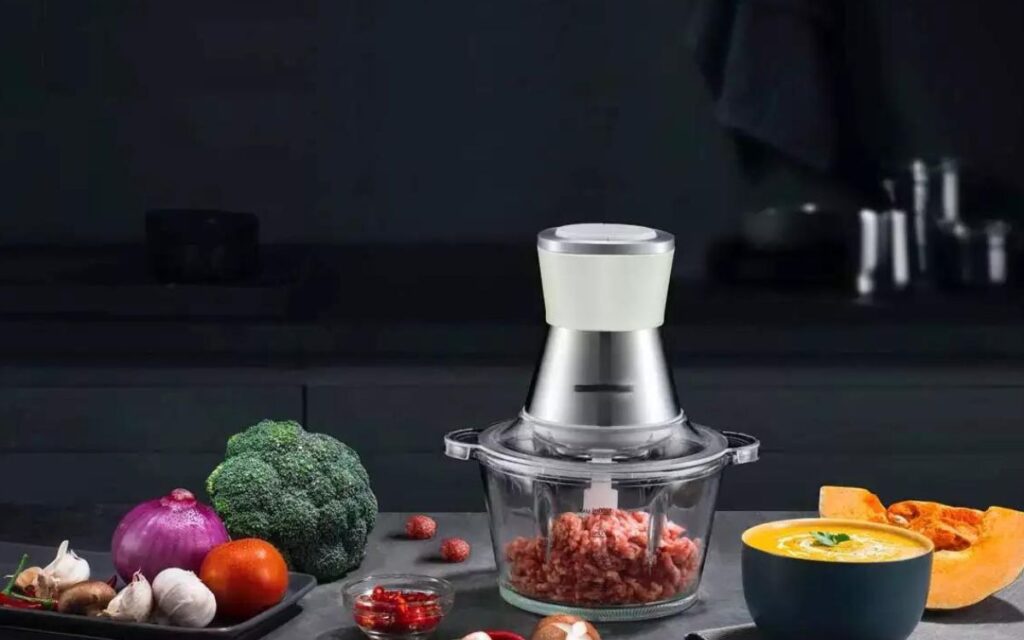
The capacity of the food processor will determine how much meat you can grind at a time. Overloading the processor can lead to uneven grinding and may strain the motor, reducing the lifespan of the machine. For best results, it’s advised to grind meat in smaller batches, giving each batch enough room to move freely within the processor bowl.
Can I grind frozen meat in a food processor?
While it’s possible to grind frozen meat in a food processor, it’s not recommended. Frozen meat can be much harder to grind and may damage the processor’s blades. Besides, grinding frozen meat may lead to very uneven results, with larger, hard-to-process chunks remaining amidst finely ground meat.
Is it safe to grind raw meat in a food processor?
Yes, it is safe to grind raw meat in a food processor as long as proper food safety measures are observed. This includes thoroughly cleaning the processor before and after use to avoid cross-contamination and storing the ground meat correctly. If the meat is ground for later use, it should be frozen immediately or stored in a refrigerator and used within 1-2 days.
Final Thought
Grinding meat in a food processor can be a handy trick for those who don’t own a dedicated meat grinder. While there are some trade-offs, the convenience and the satisfactory results can make it an excellent option for the home cook. Your food processor can help you prepare a range of dishes, from savory meatballs to delicious homemade sausages.
Remember, the key is to manage your expectations and understand the limitations of using a food processor for grinding meat. A food processor can’t handle large amounts of meat at once, and the grind won’t be as uniform. But for smaller quantities and occasional use, it can certainly do the job.
Importantly, always adhere to safety guidelines when handling raw meat. Clean your food processor thoroughly before and after use to avoid cross-contamination, and store ground meat correctly. Grinding meat at home also gives you control over the quality and freshness of your ingredients, which can greatly enhance the flavors of your dishes.
So, don’t hesitate to put your food processor to the test the next time you need ground meat. You might find that it’s not only a viable option, but also a transformational addition to your culinary experience. From spaghetti bolognese to homemade burgers, the possibilities are endless.
